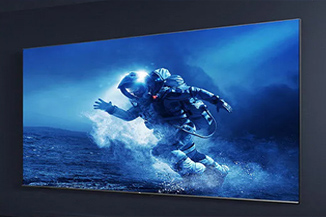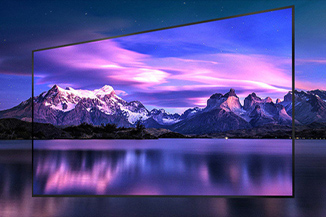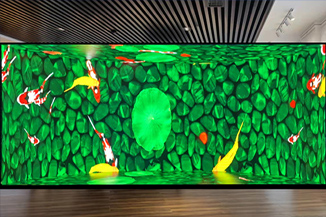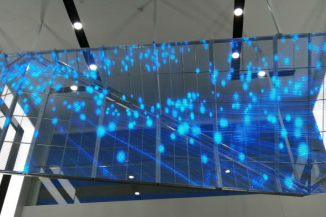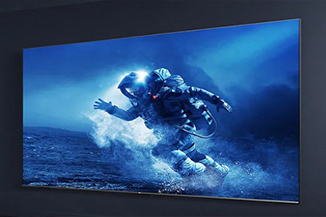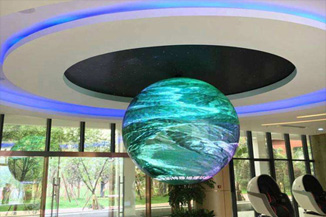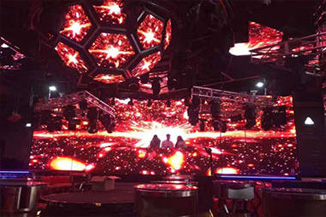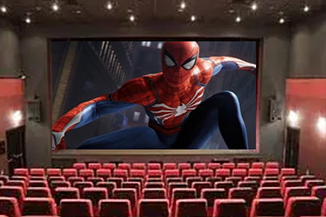Publisher: Supplier of LED Display Time: 2024-01-15 09:22 Views: 1791
LED display as a widely used display technology, the design and quality of its interface directly affect the display effect and stability of the display. This article will give you a detailed introduction to the basic types of LED display interface, working principle and the importance of choosing the right interface mode.
First, the basic type of LED display interface
1. Synchronous interface: The synchronous interface is mainly divided into two types: line synchronization and field synchronization, which are used to receive signals from computers or other video sources to ensure that the display screen is synchronized with the signal source.
2. Asynchronous interface: Asynchronous interface is mainly used to receive control signals from microcontrollers such as single-chip microcomputer and DSP to achieve simple content display and control.
3. Network interface: Network interface is used to achieve remote control and data transmission, common network interfaces include Ethernet, Wi-Fi and so on.
Second, the working principle of the LED display interface
The working principle of the LED display interface mainly involves the transmission and analysis of signals. The interface circuit receives the signal from the signal source, and converts the signal into the control signal that the LED display can recognize after decoding and dejitter. The control signal then drives the LED lamp bead through the driving circuit to realize the display of images and text.
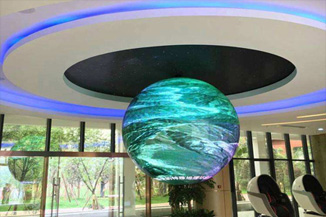
Third, the importance of choosing the right LED display interface
Choosing the right LED display interface is crucial to ensure the normal operation of the display. When selecting the interface mode, you need to consider the type of signal source, transmission distance, and data rate. For example, for long distance transmission and high data rate scenarios, it may be necessary to choose a network interface with better anti-interference capability and more stable transmission performance. At the same time, the appropriate interface mode can also improve the display effect and stability of the display screen, and reduce the failure rate.
Fourth, the development trend of LED display interface
With the continuous advancement of technology, the LED display interface is also constantly developing and optimizing. In the future, the LED display interface will develop in the direction of more efficient, stable and intelligent. For example, the high-bandwidth interface will further improve the data transmission rate to meet the transmission needs of large data volumes such as high-definition video; The intelligent interface will have adaptive adjustment, fault diagnosis and other functions to improve the intelligent level of the display.
In summary, the LED display interface is a key link for connection and transmission, and its selection and design directly affect the performance and stability of the display. Understanding the different types of LED display interfaces and their working principles helps us to choose the right interface mode in practical applications and play the best performance of LED display. At the same time, paying attention to the development trend of LED display interfaces will also help us better adapt to market demand and technological progress.
The above is the summary of the related knowledge of the LED display interface organized by the LCF editor. I hope it will help you, and welcome you to supplement or correct it. LCF is a national specialized "little giant" enterprise, set "hardware + software + content + interaction" as one of the LED display application and solution provider. If you need to buy LED display friends can also directly contact LCF LED display manufacturers Oh, big country brand, trustworthy!
